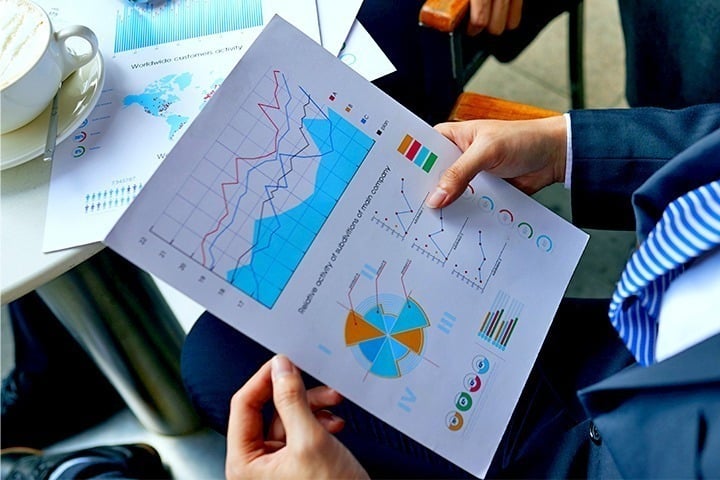5 Best Practices for Incentive Program Design
Your new product launch is quickly approaching, and you’re eager to get it off the ground anticipating great results with your salesforce. You have created an awesome incentive program design with sales sheets and conducted training videos. Now, all that’s left is to hit the figurative “start” button and get this incentive machine flying high!
Fast forward a few months, and sales are stagnant. There’s a gradual decline in orders and even a spike in competitors displacing your products. Your sales team seems unengaged, and you are having difficulty getting traction with your key partners. You wonder how such a promising program could go so wrong?
If this sounds familiar, perhaps it’s time to re-evaluate your incentive program design and understand if there is a structure you can use to succeed with your programs. While many factors play into a program’s success, here are five best practices that will ensure your company is set up for long-term incentive success.

1. Take the Time for Discovery and Design
When starting an incentive program, many like to act without really thinking through the whole process. When this happens, start dates are rushed, and focus remains on flashy prizes. We fail to realize that the structure needs to be intricately examined and objectives need to be set in order to be met. For instance, why are we running this incentive program in the first place if we do not see a real boost in sales or product offerings?
Taking time to discover & design your program is key to ensuring that your program launch is well received initially and maintains momentum throughout its life. In the discovery phase, you should research current sales, internal challenges, competitive markets, and more. This information will be critical to evaluating current performance and help you discover gaps or opportunities. Asking the right questions will help you effectively define goals and set the stage for your incentive.
Once discovery is completed, you can start designing the program structure. Incentive program design is a mix of science and art, meaning there is no cut-and-dry method to follow. Items you will need to define include program implementation (closed-ended vs. open-ended), program duration, and target audience (see #5), amongst other aspects. An excellent way to help decide what to do is to ask “what if” scenarios and brainstorm different ideas with a team.
Keep in mind that an easy-to-understand program will make it easier for participants to do the program. In other words, keep it simple! Your audience is much less familiar with your incentive program than you are. If your program rules are too complex, they will be ignored by your sales force.

2. Know Your Audience
Understanding your target audience allows you to design effective rules, build mindshare, and select the appropriate rewards to motivate participants. When rushed, we often overlook the audience and incorrectly project our personal wants and desires into the program. This might seem harmless; however, a prize that excites us does not always translate to a participant getting excited. By not taking the time to understand and analyze your target audience, you miss out on maximizing your program’s impact and traction. A simple way to start on the right footing is to list who comprises your target audience. This list can be broken out into two sections – demographics and psychographics.
Demographics include age, gender, job roles/functions, salary, location, and more. If it helps you paint the picture of the types of people participating, then you will want to label it here. Psychographics looks more into the behavioral aspect of your audience. Things like their current motivation, willingness to learn, attitudes, and interests. You will not easily find this data unless you survey actual participants.
Once this info is compiled, you will have a good grasp of who your audience is. At that point, you can design a more appealing program structure and select awards that motivate your audience. Plus, you will gain insight into the number of awards to offer and be able to build an effective communication plan that focuses on key attention-grabbing points

3. Incentive Program Timing
Timing can play a massive part in the success or failure of an incentive program. And by timing, we mean not simply a program’s launch but also program duration, product lifecycles, sales lifecycles, and seasonality.
Quite often, short-term quarterly incentives (SPIFFS) tend to expire before most participants have a chance to sell enough and become award eligible. If your average sales cycle is 2-3 months, it is likely that a quarterly spiff will not yield the results you want. If you do this, participants become uninterested as they anticipate not meeting eligibility or time requirements. In this case, you will likely have more success with a longer baseline program by adding an additional quarterly incentive on top of a spiff for a specific product. In short, if you give your participants a chance, they will participate!
Program timelines also need to account for the ramp-up and buy-in of the sales team. Research suggests that programs too short in duration often fail to achieve buy-in because it takes participants too long to learn about an incentive program before they can act. This is where implementing an effective communication plan will come into place (see #4). We also highly recommend aligning your program with a buying cycle or a business’s financial reporting period.

4. Build a Communication Plan
You never want your incentive program to become your company’s best-kept secret. In other words, a program with the best structure, motivating awards, and potential for great buy-in will fail when it isn’t communicated effectively. Simply put, people don’t participate when they don’t know a program exists.
Far too often, the incentive promotion strategy is an afterthought. Like any successful marketing effort, an effective event needs a comprehensive campaign strategy, creative theme, targeted messaging, and communication timeline. This is important because your program should always be top-of-mind throughout the program.
Incentive owners should lay out a detailed messaging plan of when, how, and to whom targeted messages will be delivered. It is also wise to think past the typical “email blast” and brainstorm other ways to get your sales force’s attention. Traditional print or interactive messaging will go a long way in reaching your audience.
Furthermore, we want to stress that communications shouldn’t stop at your program’s launch! To keep your participant base engaged throughout the program’s lifespan, it is wise to set up personalized monthly statements or scorecards. This allows you to remind your participants of the program with scheduled messaging, and it highlight news or updates. You can even go a step further by introducing segmentation to target specific groups with a different message.
Thinking back to the program’s design phase, be sure to account for a communication plan. This is usually not discussed early in the conversation, but it is vital to budget and set a timeline for communications. As a bonus tip, we highly recommend implementing an automated communication system to ensure messages go out on time and aren’t overloading your workload.

5. Reporting with the End in Mind
You may have noticed our repeating theme of “avoid making things an afterthought” by now. Reporting is one item that often falls off the radar when creating a program. It is hard to think through and forecast reporting when you know that the program will evolve. However, when left out of the discussion altogether, key metrics will be missing from your final program assessment. And at that point, how will you prove the value of your incentive program?
Your incentive program must have detailed reporting to demonstrate ROI or the newer ROO (return-on-objectives). Without good reporting, your program will likely be cut when budget cuts inevitably happen. Thinking longer term, you should determine the meaningful program activity and metrics that will demonstrate success.
Too much data is just the right amount of data. While often you may feel your sales reports or product SKU lists are too long, it is best to keep them included in your program reporting even if they are not being used presently. As your program evolves or new products are added into the mix, existing data can be used to analyze and predict the impact of new incentives. It is also an excellent tool for finding sales trends and products that should be added to your incentive list.
In conclusion, take time to think through and implement these 5 best practices in your programs and set yourself up for success. Your participants will be engaged throughout the program’s lifecycle, and you will be prepared to show the incentive program’s worth.
Are You Ready to Work With Us?
At Brightspot, we provide a top-to-bottom solution for designing, creating, launching, and managing, the perfect incentive program. Using our comprehensive “DDX” (Discovery, Design, Execution) methodology and leveraging our proprietary Ignite digital Incentive platform, we’ll work with you to create a program that outperforms every time. Whether starting at the discovery stage or looking to freshen up an existing program, Brightspot is here for you! Contact us today and allow us to help you drive results and track progress every step of the way with your incentive program design.

